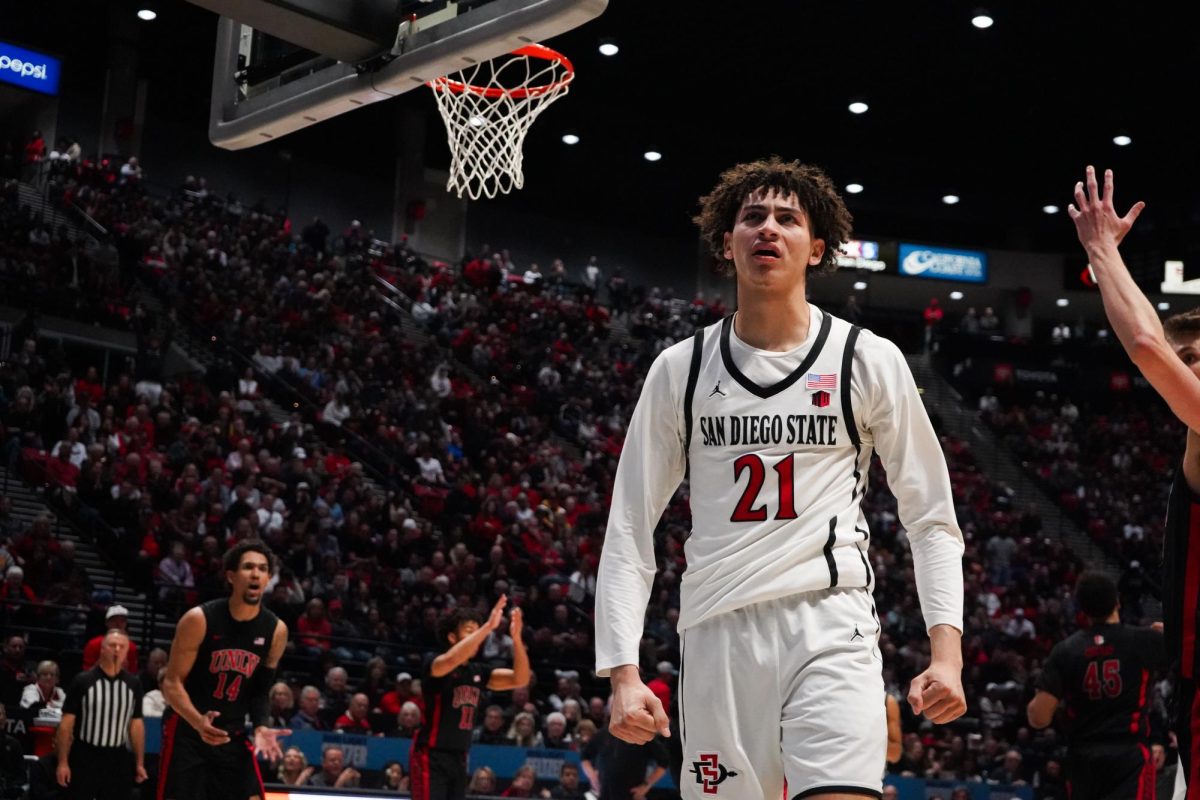The discourse surrounding college sexual assault this past year has addressed valid points about how complicated and pervasive the issue has become across the nation. Some have argued the effectiveness of an affirmative consent bill within the college judicial system, while others have questioned the judicial system itself in prosecuting alleged sexual assault perpetrators. Many, including myself, have criticized the Greek system for creating a culture that is unsafe for women. Regardless of where people stand, it is of general consensus that sexual assault is a dialogue in need of growth.
However, as public discourse continues on this important issue, some have come to question the gendered dynamics involving sexual assault dialogues.
The fundamental generalization regarding sexual assault is in the perception that it is often committed by straight men against straight women. For a large part, the debate over sexual assault has excluded those who identify within the lesbian, gay, bisexual and transgender community.
In order for us to continue the vital discourse on sexual assault, we need to expand the sexual assault dialogue to our LGBT peers and address their specific needs.
Unfortunately, the reality is those who identify as LGBT disproportionately experience more sexual violence and domestic abuse than their heterosexual counterparts. Therefore, under these circumstances, the debate and dialogue regarding sexual assault need to inclusively reflect these realities.
In a recent study conducted by the National Sexual Violence Resource Center, it was found 42 percent of LGBT students were forced to have sex against their will, which is more than double the rate than their heterosexual counterparts. According to another study conducted by the American Association of University Women, a staggering 70 percent of LGBT students will face sexual harassment from a fellow student, faculty member or employee. The harassment is so severe, six percent of those students switch schools or change their majors.
When we break down the demographics within the LGBT community, the issue is pervasive. According to American Progress, around 50 percent of all bisexual women and one in eight lesbian women have experienced rape in their lifetimes. Furthermore, 50 percent of all bisexual men, and 40 percent of gay men, have experienced sexual violence.
When looking at transgender individuals, more than 64 percent have reported to have experienced sexual assault in their lifetime. In comparison to their LGBT community members, transgender individuals face a disproportionately higher level of both intimate partner violence and sexual assault.
Combined with dangerous social biases such as transphobia and homophobia, LGBT sexual assault survivors have to face dual hurdles of overcoming trauma with sexual assault and also, social bias.
Although the facts are shocking, only one in five LGBT sexual assault victims will reach out for help, whether that be caused by the lack of resources, social stigma or inadequate cultural training within resources.
Surprisingly, when it comes to resources tailored toward LGBT sexual assault survivors, often the available resources and counselors failed at cultural competence in the dynamics of sexuality and gender identity. Bisexual and transgender individuals testify these resources cater better to gays and lesbians, while ignoring large cultural nuances in gender identity, and sexuality that apply to transgenders and bisexuals.
In one case, a bisexual Minnesota student was shocked to find her sexuality had earned her the label of “Promiscuous,” leading for many, including those within the LGBT community, to tell her that she was “asking for it.”
A transgender student at the same institution went to a counselor because of a sexual assault, and was traumatized when the counselor made incorrect assumptions about his gender identity and sexuality. He recalls such harmful assumptions forced him to relive the trauma of his attack, rather than obtaining the resources necessary for help.
These realities are frightening. While yes, sexual assault will affect 19 million heterosexual women within their lifetimes, LGBT sexual assaults are disproportionately high relative to their community size. Therefore, the resources available should accurately reflect the issue.
At San Diego State, significant strides are being made to combat sexual inclusive toward students of all spectrums of sexuality and gender. Main coordinator of the Pride Center, Anthony Keen, has said Title IX resources and messaging around sexual violence, through the Sexual Violence Task Force specifically, is inclusive of sexual orientation and gender identity.
Keen said there will be a new full-time “Sexual Assault Victim Advocate,” who will be hired and trained by the Center for Community Solutions with a focus on the LGBT community. The training, which is given to all incoming students at orientation, includes language consistently inclusive of all sexual orientations and gender identities.
“While I do believe we are doing a better job as a campus of including those of all sexual orientations and gender identities in the conversation around rape, sexual assault and sexual violence, we can do more,” Keen said. “We all need to keep in mind that rape, sexual assault, and sexual violence impacts all communities and our efforts need to reflect that.”
As colleges across the nation move forward to end sexual assault on campus, the dialogue must not cease and it must not segregate. The LGBT community is a vital part of this conversation and issue, and it’s all of our duties to inclusively continue this dialogue to make this campus a safer, better place for all.











